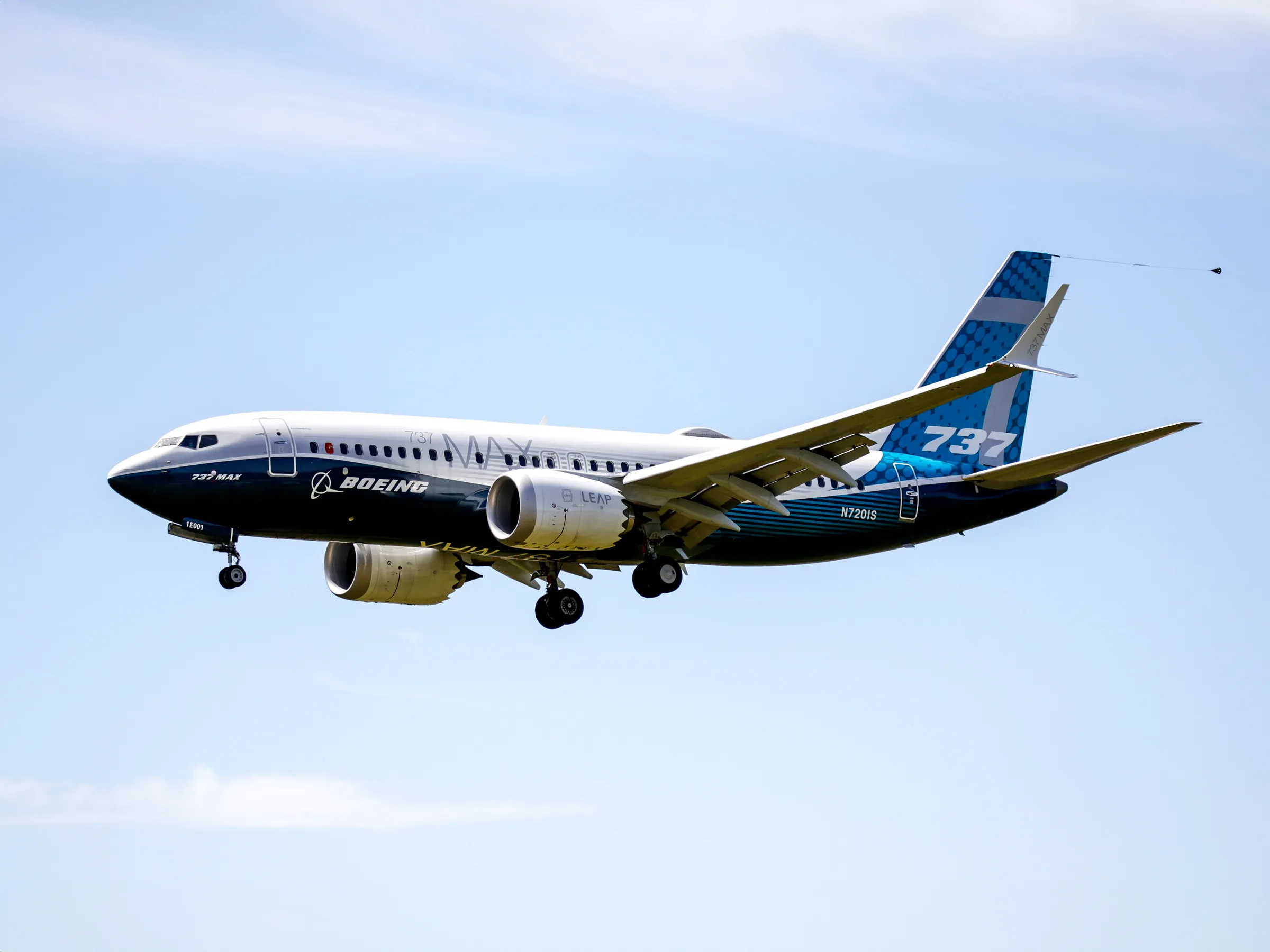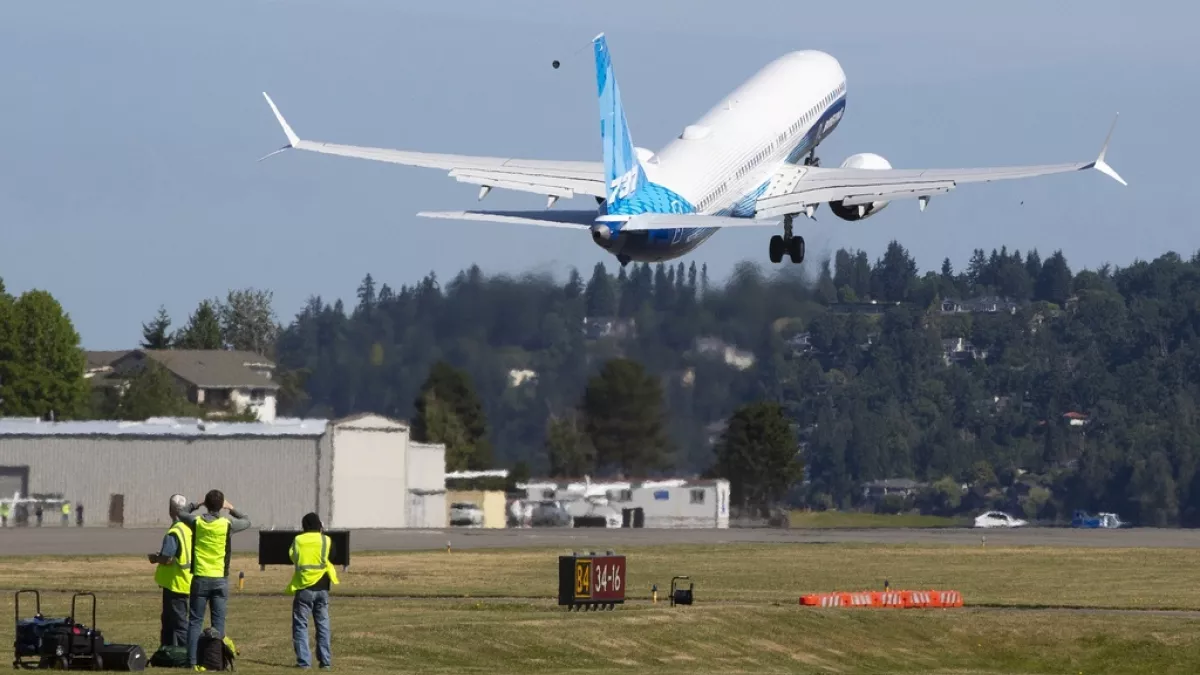The iconic aerospace manufacturer, Boeing, finds itself at a challenging crossroads as recent events continue to test its resilience and operational strategy. The first quarter of the year has seen Boeing grappling with a series of setbacks that underline the complex journey it faces toward financial and reputational recovery.
Despite a marginally smaller loss this quarter compared to last year, Boeing reported a core operating loss of $388 million, surpassing expectations with a slightly less severe downturn than the anticipated $1.63 per share.
This figure comes in stark contrast to the $440 million loss reported in the same quarter of the previous year. The results, while better than expected, paint a picture of a company still deeply embroiled in operational and safety challenges.

Revenue has seen a sharp decline of $1.4 billion or 8%, totaling $16.6 billion, as the aerospace giant struggles with decreased jet deliveries to its airline customers. These numbers reflect the ongoing hurdles Boeing faces, stemming largely from its commercial airplanes unit where operational losses nearly doubled to $1.1 billion.
Compounding Challenges: The Alaska Air Incident and its Repercussions
The grounding of the Boeing 737 Max 9 jets for three weeks, following a startling incident involving an Alaska Airlines flight, has thrown a harsh spotlight on Boeing’s safety and quality controls. During the flight, a door plug blew off, leaving a gaping hole in the plane’s fuselage—a vivid symbol of the safety challenges Boeing continues to confront. This incident not only led to immediate financial implications, including a hefty $443 million compensation payout to affected airline customers but also intensified scrutiny from regulatory bodies and the public.
A Boeing whistleblower says the company just slaps “band-aid over band-aid” on safety concerns instead of addressing any real problems.
Maybe Boeing should stop threatening employees when they voice concerns and start tending to their pieces of planes falling out of the sky. pic.twitter.com/2gBwOb3L0H
— Senator Hawley Press Office (@SenHawleyPress) April 24, 2024
The National Transportation Safety Board, the Federal Aviation Administration, and the Justice Department have all launched investigations into Boeing, highlighting potential criminal liabilities and raising serious questions about the company’s commitment to safety and quality.

Boeing’s Strategic Response: Focused on Quality and Safety Enhancements
In response to these ongoing challenges, Boeing has announced a reduction in its production forecasts for the 737 Max jets and the larger 787 Dreamliner. Citing the need to address issues on its assembly lines and supplier-related challenges, Company CEO, Dave Calhoun, emphasized the company’s commitment to enhancing quality and safety management systems. Calhoun, who plans to step down by the year’s end, expressed confidence in Boeing’s ability to stabilize and improve its performance despite acknowledging that these necessary changes would delay the company’s return to profitability.
“We are absolutely committed to doing everything that we can to make certain our regulators, our customers, and most importantly, our employees and the public are 100% confident” stated Calhoun, highlighting a forward-looking strategy that aims to rebuild trust and ensure the company’s long-term stability.

Financial Outlook and Market Reactions: A Cautious Path Forward
Despite these assurances, the financial outlook for Boeing remains cautious. The company has refrained from providing specific guidance on expected losses for the year but remains hopeful about achieving a positive cash flow of $10 billion annually, albeit later than initially planned.
Investor reactions have been mixed, with Company shares experiencing a decline following the investor call, reflecting ongoing market concerns about the company’s ability to navigate its numerous challenges effectively.
As Boeing continues to work through its quality and safety issues, and with regulatory and public scrutiny at an all-time high, the path to recovery remains fraught with uncertainty. However, the company’s proactive efforts to address these issues and its strategic adjustments to production and management practices suggest a slow but steady course toward overcoming its current challenges and restoring its position as a leader in the aerospace industry.









